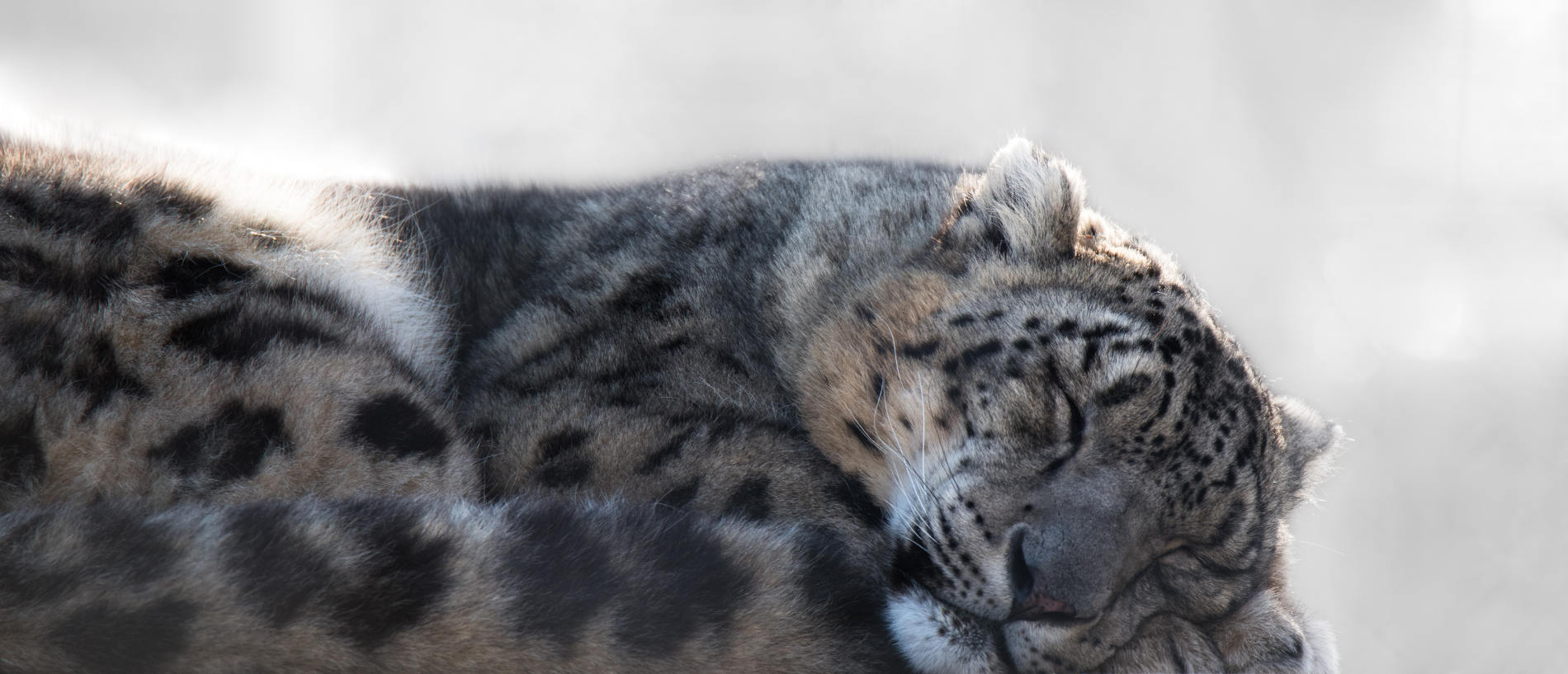
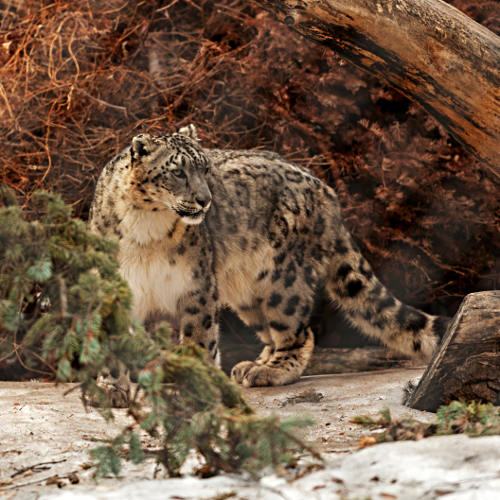
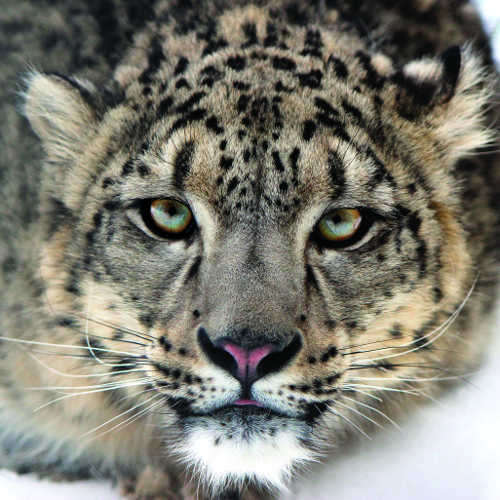
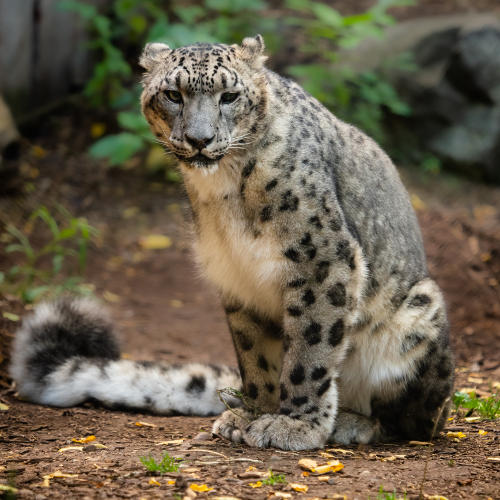
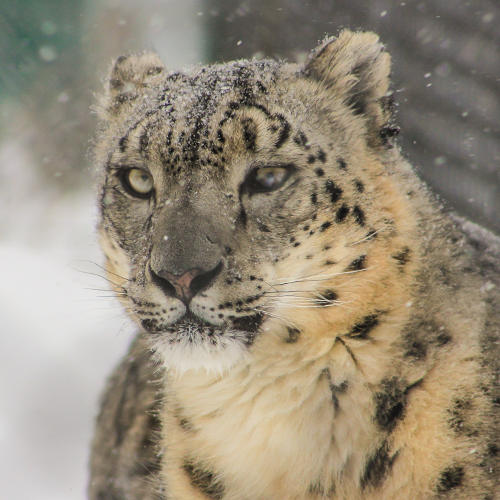
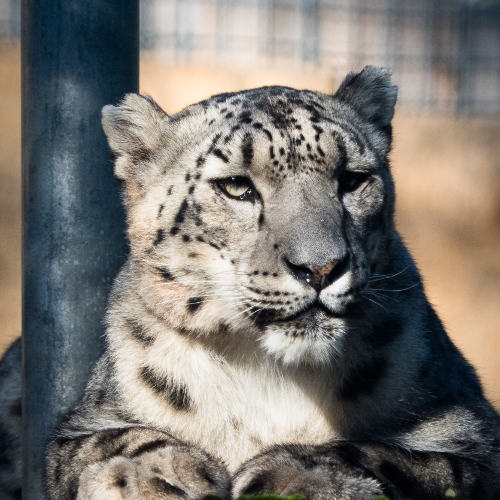
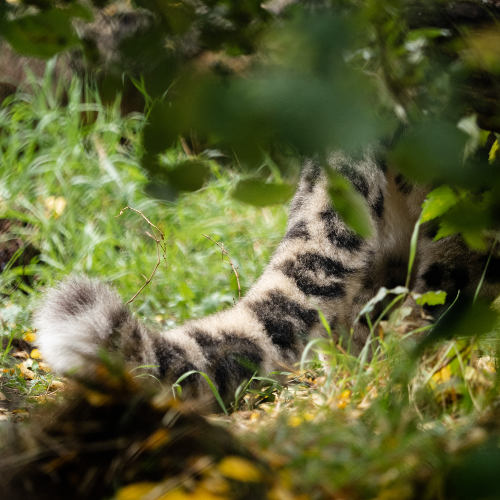




These solitary cats are sometimes hard to see at the Edmonton Valley Zoo! They like to keep to themselves and are most active in cooler weather and between dusk and dawn.
Thick coats make snow leopards well-suited for the cold. Their large, fur-covered paws act as snowshoes to prevent them from sinking into the snow, and long, powerful hind limbs allow them to leap up to 9 metres (30 ft), about six times their body length. Their tails are extremely long compared to other cats. They use the tail both for balance and covering their body, nose, and mouth during times of sub-zero temperatures
Snow leopards have light green or gray eyes rather than the typical feline yellow or gold colour. There are several international agencies working hard to conserve snow leopards and their mountainous habitats.
Here at the Edmonton Valley Zoo, home to Indira and Kaash, we are proud to work with the Snow Leopard Species Survival Plan and regularly support Snow Leopard Trust.
CLICK THROUGH THE TABS BELOW TO LEARN MORE!
They range in body size from 75-150 cm (30-59 in) with tails almost the same length as the body. They weigh between 22-55 kg (49-120 lbs).
Snow leopards live at high altitudes in the rugged mountains of Afghanistan, Kazakhstan, India, and China.
Snow leopards are carnivores and actively hunt prey. They can kill animals up to four times their own weight. They are opportunistic hunters but also eat significant amounts of vegetation, including grass and twigs.
Unlike other big cats, snow leopards cannot roar. To communicate, they hiss, growl, and wail.
The gestation period of a snow leopard is between 90-100 days. Litter sizes vary from one to five cubs usually born between April and June.
15-18 years in the wild; early 20s in captivity.
Snow leopards are classified as vulnerable with a decreasing population trend, mainly due to hunting and habitat loss. It is believed there are fewer than 3,500 left in the wild.


